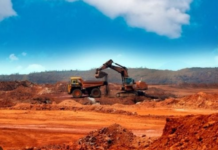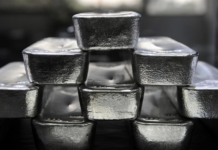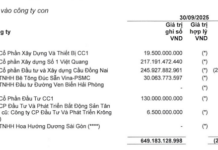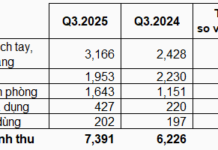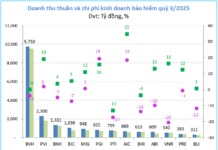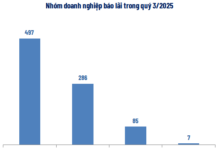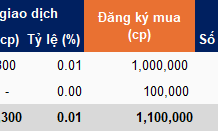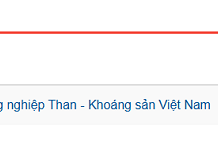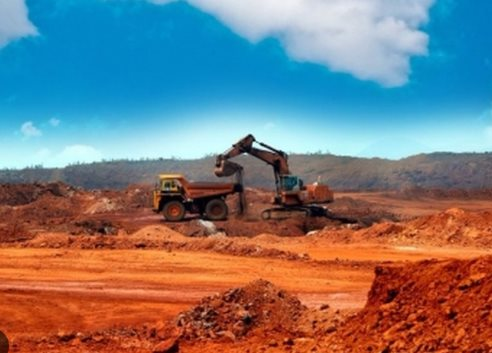
Illustrative Image
On November 26, India’s Cabinet approved a ₹7.28 trillion ($8.7 billion) rare earth permanent magnet (REPM) project to reduce reliance on Chinese imports and boost domestic manufacturing. This strategic move is pivotal for sectors like electric vehicles, wind energy, electronics, and defense, while also holding geopolitical significance for New Delhi.
Rare earth magnets are critical components in high-tech products, including electric vehicles, wind turbines, smartphones, laptops, and military applications like the F-35 fighter jet. These magnets are indispensable, ensuring high performance without viable alternatives.
The project aims to establish a complete domestic production ecosystem, converting neodymium-praseodymium (NdPr) oxide into high-performance NdFeB magnets. The goal is to build integrated REPM manufacturing facilities with a capacity of 6,000 tons annually. The program will span 7–10 years, supported by capital subsidies, viability gap funding, and production incentives.
A mid-sized electric vehicle requires 1–2 kg of NdFeB magnets, while a 3 MW offshore wind turbine needs approximately 600 kg. With India’s target of 30% electric vehicle adoption by 2030 and expanded renewable energy capacity, demand for rare earth magnets is expected to surge in the coming decade.
Currently, India is nearly entirely dependent on rare earth imports, with China controlling over 90% of global refined magnet production and around 70% of mining output.
Despite holding the world’s fifth-largest rare earth reserves at approximately 6.9 million tons of rare earth oxides, India contributes less than 1% to global production. Key mineral deposits are located in southern states like Kerala, Tamil Nadu, and Andhra Pradesh, as well as Odisha, Rajasthan, Bihar, and Jharkhand.
However, extracting and processing rare earth elements pose significant challenges. Monazite, the primary rare earth mineral, contains thorium and uranium, classified as radioactive. Separating the 17 rare earth elements requires hundreds of solvent extraction stages, consuming large volumes of acid and generating hazardous and radioactive waste.
The REPM program will be overseen by the Department of Atomic Energy, Ministry of Mines, and NITI Aayog. Amitabh Kant, former CEO of NITI Aayog, remarked, “Global supply chains have dictated our development pace for too long. Now, India will set its own terms and build long-term technological strength domestically.”
With the ₹7.28 trillion investment, India aims to establish a robust domestic rare earth ecosystem, reduce dependency, and break free from China’s grip on strategic high-tech industries.
India is collaborating with the U.S. to develop its rare earth sector. This partnership focuses on enhancing domestic mining and processing, encouraging private investment, developing infrastructure, and advancing technology for rare earth magnet production.
Source: ET


